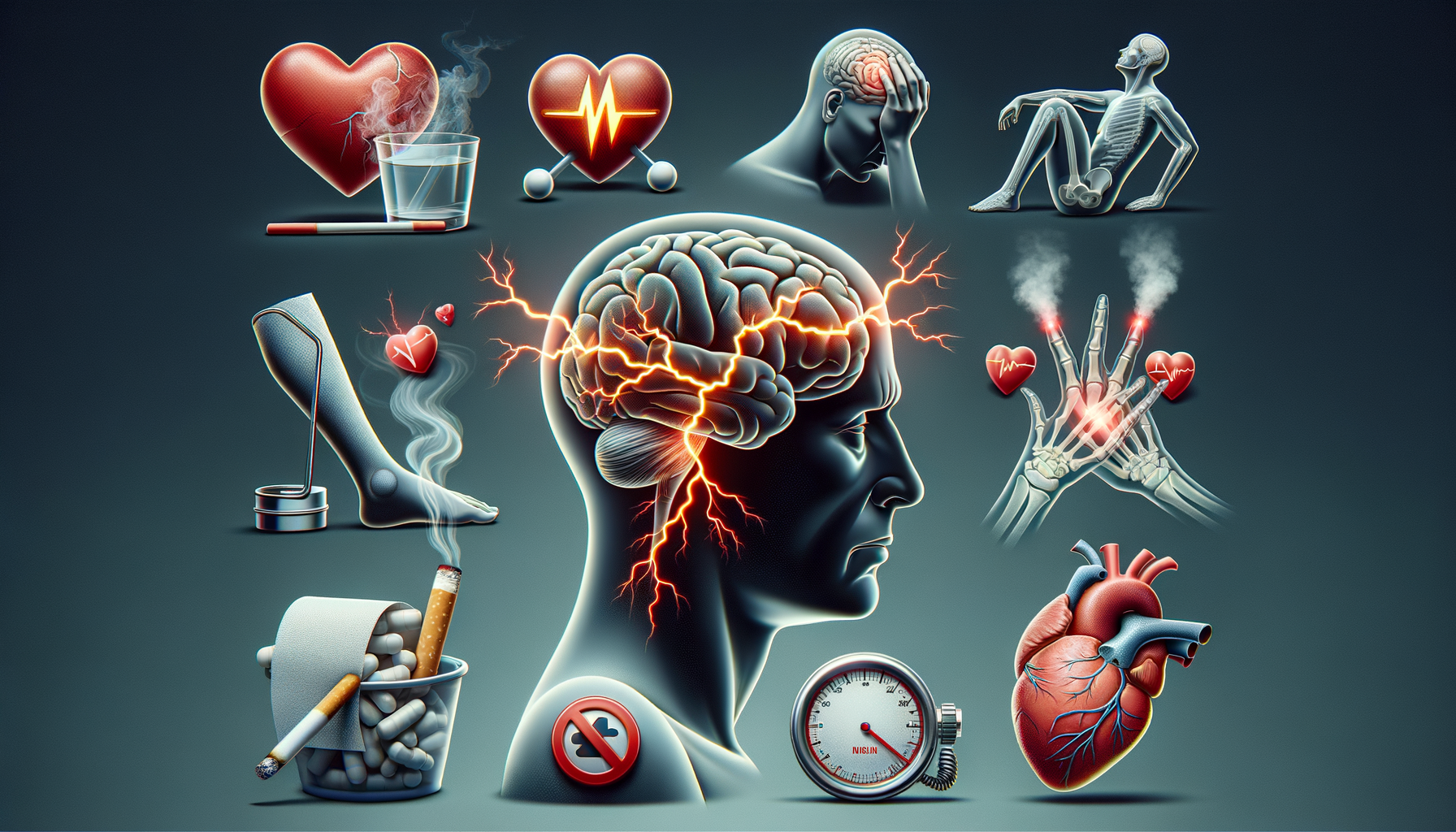Introduction to Stroke Symptoms
Strokes are a critical medical emergency that can have life-altering consequences if not addressed promptly. Recognizing the symptoms early can make a significant difference in the outcome for the individual affected. This article delves into the various signs of a stroke, providing essential information to help you understand and identify this serious condition.
Understanding the Basics of Stroke
A stroke occurs when the blood supply to a part of the brain is interrupted or reduced, preventing brain tissue from getting oxygen and nutrients. Within minutes, brain cells begin to die. There are two primary types of strokes: ischemic and hemorrhagic. Ischemic strokes, the most common type, are caused by a blockage in an artery leading to the brain. Hemorrhagic strokes occur when a blood vessel in the brain bursts. Recognizing the type of stroke is crucial for effective treatment.
Common symptoms of a stroke include sudden numbness or weakness in the face, arm, or leg, especially on one side of the body. Other signs include confusion, trouble speaking, difficulty understanding speech, and vision problems in one or both eyes. It’s vital to note that time is of the essence when dealing with a stroke, as prompt treatment can significantly reduce the risk of long-term disability.
Identifying Stroke Symptoms: The F.A.S.T. Method
The F.A.S.T. method is a simple way to remember the symptoms of a stroke and act quickly:
- Face Drooping: Does one side of the face droop or is it numb? Ask the person to smile to check.
- Arm Weakness: Is one arm weak or numb? Ask the person to raise both arms. Does one arm drift downward?
- Speech Difficulty: Is speech slurred, are they unable to speak, or are they hard to understand? Ask the person to repeat a simple sentence.
- Time to call emergency services: If someone shows any of these symptoms, even if the symptoms go away, call emergency services immediately.
Acting quickly can save lives and improve recovery outcomes. Every minute counts, so it’s crucial to get medical help as soon as possible.
Risk Factors and Prevention
Several risk factors can increase the likelihood of experiencing a stroke. Some of these are controllable, while others are not. Controllable risk factors include high blood pressure, smoking, diabetes, high cholesterol, and obesity. Uncontrollable factors include age, gender, and family history.
Preventative measures can significantly reduce the risk of stroke. These include maintaining a healthy lifestyle through regular exercise, a balanced diet, and avoiding tobacco and excessive alcohol consumption. Regular medical check-ups can also help manage conditions like high blood pressure and diabetes, reducing the risk of stroke.
Conclusion: Recognizing the Importance of Awareness
Understanding stroke symptoms and the importance of immediate medical attention is crucial for improving outcomes and saving lives. By recognizing the signs and acting quickly, you can make a significant difference in the life of someone experiencing a stroke. Awareness and education are key components in the fight against this serious medical condition. Remember, time lost is brain lost, so always be vigilant and prepared to act.




Leave a Reply